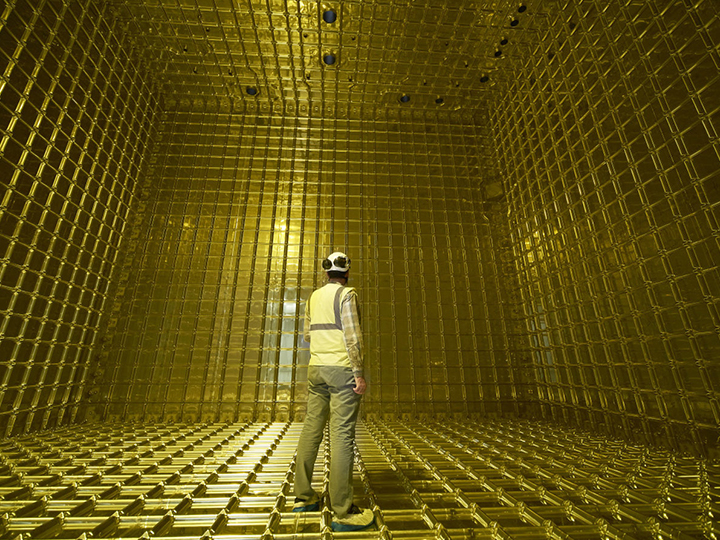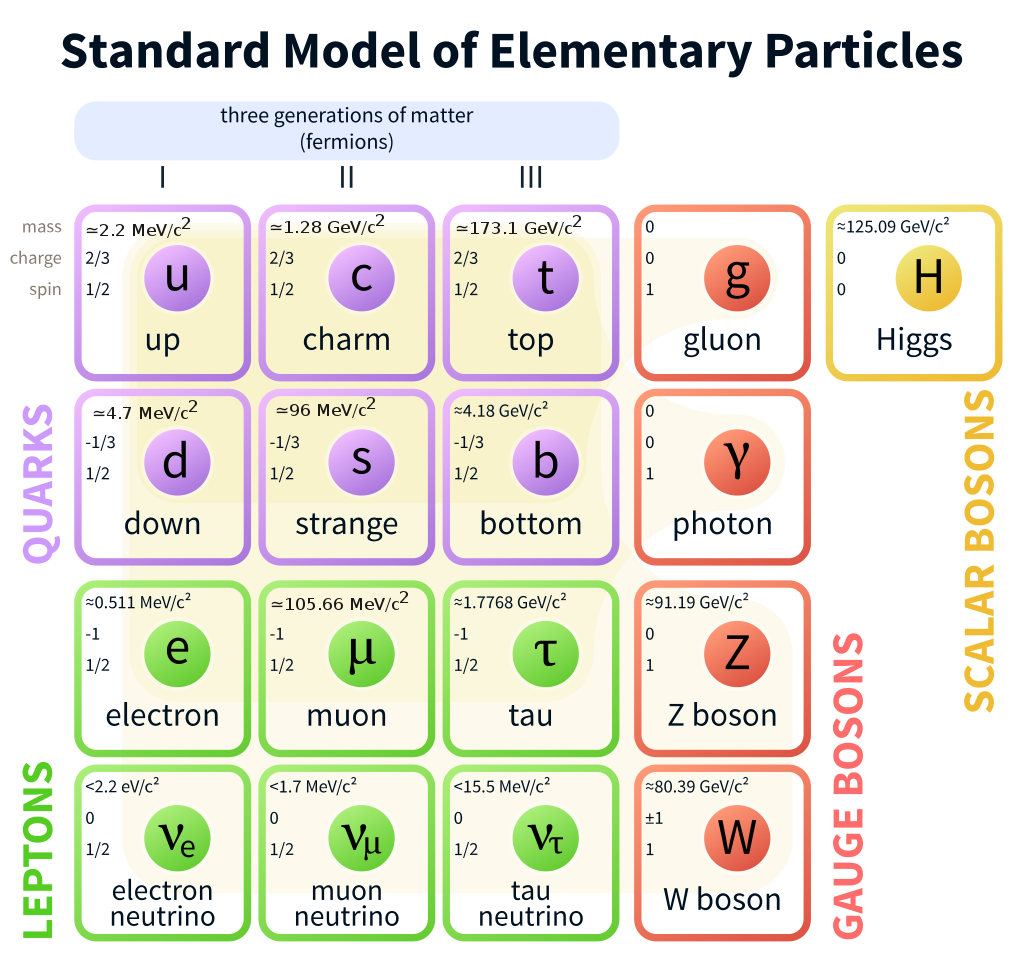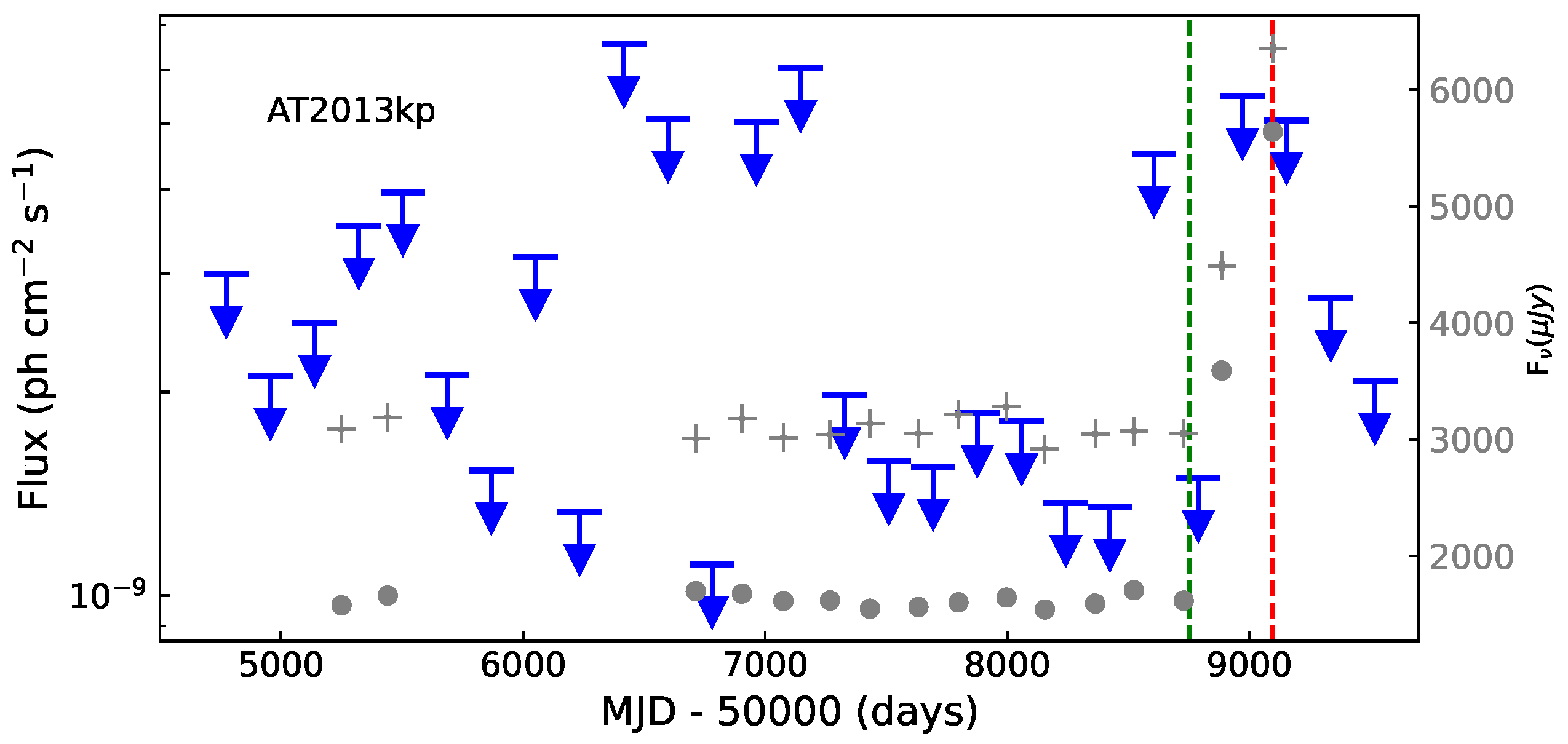

The data indicate that the protons are interacting in the blazar’s jets. A follow-up study by MAGIC delivers some possible answers.Īfter the alert, the telescopes observed the flaring blazar for about 41 hours. “We are looking for the specific site and the mechanism able to accelerate protons, making them the parents for both high-energy neutrinos and photons”, says Mirzoyan. However, there are still a lot of questions on the underlying processes in the blazar. This means that the objects from which they originate can be reliably identified. “So they do not travel along straight lines, we cannot see which direction they come from.” By contrast, neutrinos and photons possess no charge, which is why they travel through the universe without detours.

“Positively charged protons are deflected by magnetic fields in space”, Bernardini continues. There is a reason why cosmic ray sources are so hard to find. “The cosmic neutrino tells us that the blazar is capable of accelerating protons to very high energies – and therefore may actually be one source of cosmic radiation”, explains Elisa Bernardini, scientist at DESY in Zeuthen. Cosmic rays largely consist of high-energy protons. Since the birth of neutrinos is always linked to proton interactions, the observations help to solve an old mystery: The birthplace of cosmic radiation, discovered by the physicist Victor Hess in 1912, which is so far unknown. It hosts a supermassive black hole ejecting so-called jets – outflows of particles and energetic radiation moving close to the speed of light.

TXS 0506+056 is an active galactic nucleus, the energetic core of a galaxy at a distance of 4.5 billion light years from Earth. These findings, combined with the neutrino direction, make the blazar a likely candidate for the neutrino source. What is more, MAGIC, a 17-meter twin telescope that probes high energy gamma-rays from the ground, revealed that the radiation from the blazar reaches energies of at least 400 gigaelectronvolts. In fact, Fermi-LAT, a space observatory that conducts all-sky surveys, reported that the direction of the neutrino was in line with a known gamma-ray source in an active state: the blazar TXS 0506+056. “Photons are electromagnetic radiation and can be traced by telescopes.” Therefore, the neutrino alert was promptly disseminated to numerous instruments in the hope that their observations might disclose the source of the neutrino. “Theories predict that the emission of neutrinos will be accompanied by the release of light particles, also called photons”, explains Razmik Mirzoyan, MAGIC Collaboration spokesperson and scientist at the Max Planck Institute for Physics.

Scientists were also able to identify its incoming direction with high precision. On 22 September 2017, IceCube detected a neutrino that was special: Its very high energy (roughly 290 teraelectronvolt) indicated that the particle might have originated from a distant celestial object. Neutrino triggers multi-messenger observations It detects about 200 neutrinos per day, although most of them have low energy and are produced by cosmic rays interacting with the Earth’s atmosphere. The largest detector specialized in hunting the shy particle species is IceCube, which is located at the South Pole. Although difficult to detect, neutrinos are important cosmic messengers since they carry unique information about the regions where they are produced. Neutrinos are elementary particles that hardly interact with the surrounding world at all.


 0 kommentar(er)
0 kommentar(er)
